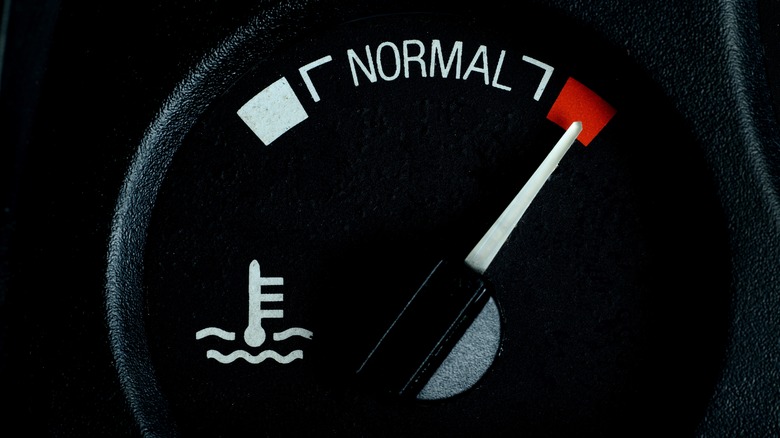We may receive a commission on purchases made from links.
Whenever I get my hands on a newly bought used car, my checklist includes inspecting a few underhood items as part of the “getting-to-know-the-car” process. For instance, checking the oil dipstick reveals if the previous owner was diligent with periodic oil changes. Opening the engine oil cap and peeking inside the valve cover will reveal more, like thick sludge or dirty oil, which are signs of infrequent oil changes or owner neglect.
Advertisement
One thing I always do is inspect the cooling system. The things to watch are the radiator’s condition, the integrity of the hoses, the coolant freshness, and the radiator cap. More than just a lid that covers the radiator filler neck, the radiator cap is one of the most overlooked components of a vehicle’s cooling system. Like the brake pads, engine oil, and coolant, the radiator cap requires frequent inspection and replacement.
Failure to diagnose a bad radiator cap is bad news for your car. It seals the cooling system and ensures the coolant remains pressurized as it expands and absorbs engine heat. Pressure raises the boiling point of the coolant, which is essential for the engine to function smoothly without succumbing to excess heat.
Advertisement
Engine overheating
The primary symptom of a bad radiator cap is a persistently overheating engine. A faulty cap means a broken seal, which means air could enter the cooling system, leading to temperature spikes and costly internal damage. It also means the inability to maintain a pressurized system, making the coolant boil and lead to overheating.
Advertisement
A leaking radiator cap also leads to coolant loss. If you’ve been around cars long enough, you probably know that coolant loss is a surefire way to overheat an otherwise healthy running engine. Another thing to check is white streaks on the radiator or along the filler neck under the cap, which is evidence of coolant leaking when the engine is running.
Remember to let the engine cool for at least 30 minutes to an hour before attempting to remove the radiator cap. It may be tricky to discern the damage at first glance, but rust, worn rubber seals, and excess grime under the cap mean it’s time for a replacement.
Damaged hoses and overflowing coolant tank
Since a lousy radiator cap will cause temperature and pressure spikes within the system, it could cause old rubber hoses to tear, burst, or cause leaks. Besides replacing the radiator cap, you must inspect all the hoses to ensure a leak-free system. Replace the hose if you find cracks, signs of damage, or wear, even if the hose is not leaking. Doing so will give you the peace of mind that the entire cooling system is tip-top.
Advertisement
An overflowing coolant reservoir tank could also point to a damaged radiator cap. One of the jobs of a radiator cap is to route coolant into a recovery tank or reservoir when the system begins to pressurize. If the cooling system cannot maintain the proper pressure due to a faulty radiator cap, it could prevent coolant in the reservoir from rejoining the system to help cool the engine. When it does, the engine will overheat.
Choosing the right radiator cap for your car
Radiator caps come in various sizes, determined primarily by the diameter of the radiator neck, and have different pressure ratings ranging from 83 kPa (12 psi) to 207 kPa (30 psi) or higher. You’ll need to find a replacement cap with the same size and pressure rating as the original. Check the owner’s manual or refer to your car’s old radiator cap for the size and pressure rating appropriate for your vehicle’s make and model.
Advertisement
The good news is that replacing the radiator cap doesn’t cost an arm and a leg. A GM original replacement radiator cap is under $12 on Amazon and fits most GM trucks and SUVs. Meanwhile, a Ford genuine radiator cap with a built-in pressure relief valve sells for about $10. If you find rust or dirty coolant inside the radiator, it may be best to flush the entire system and replenish it with fresh coolant before installing the new radiator cap.









